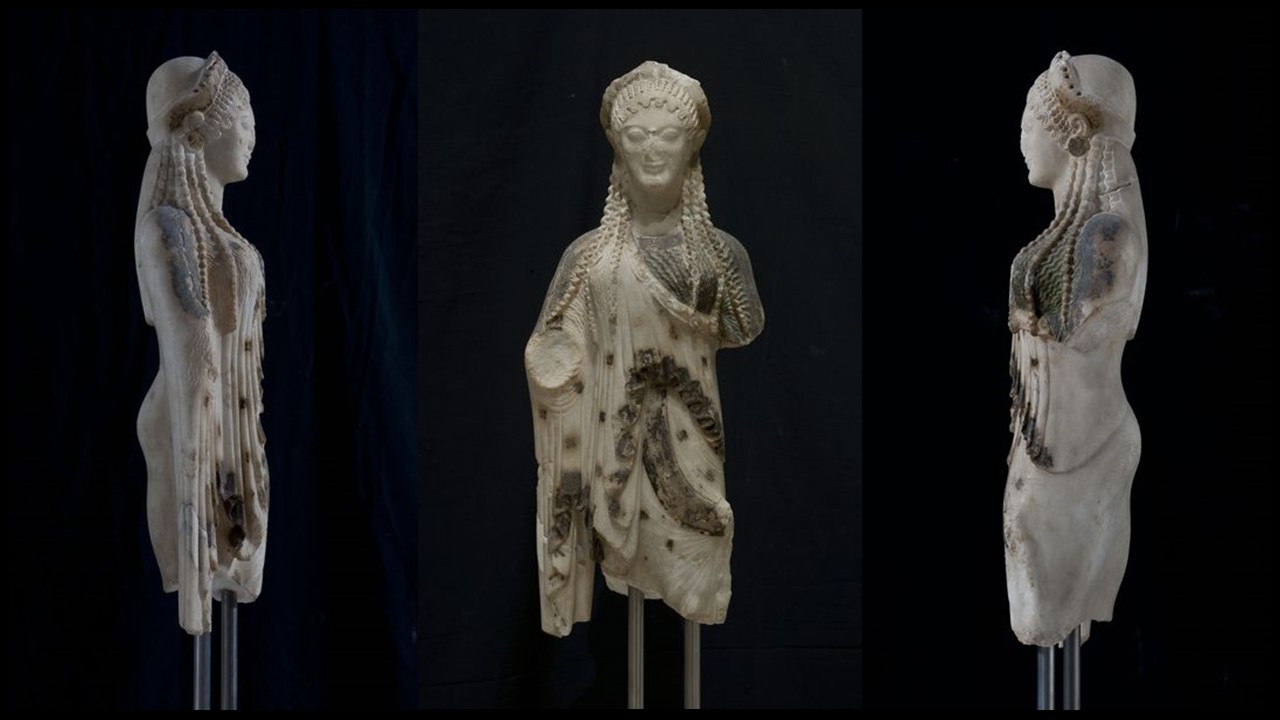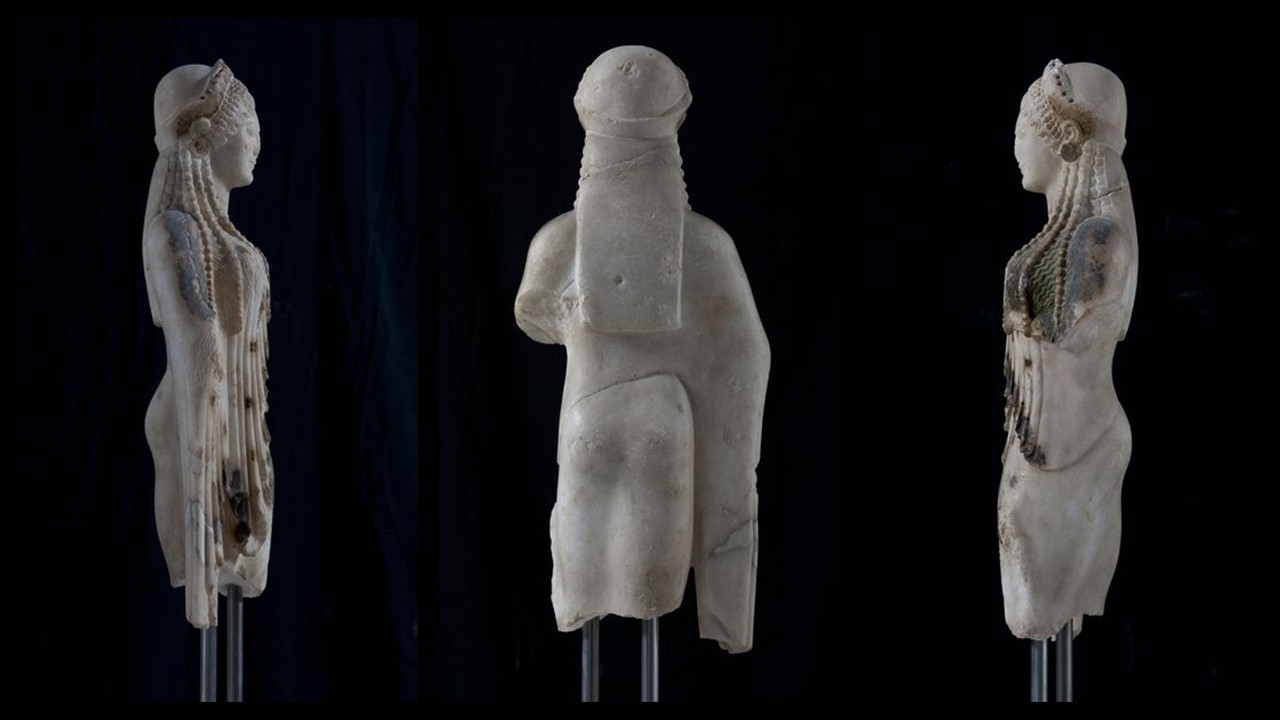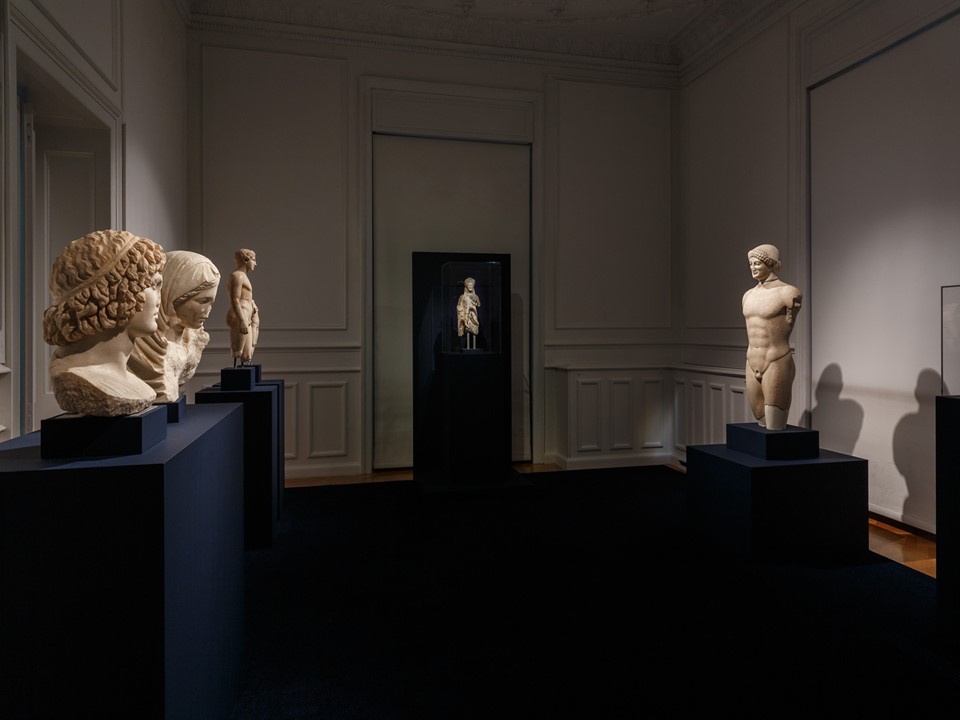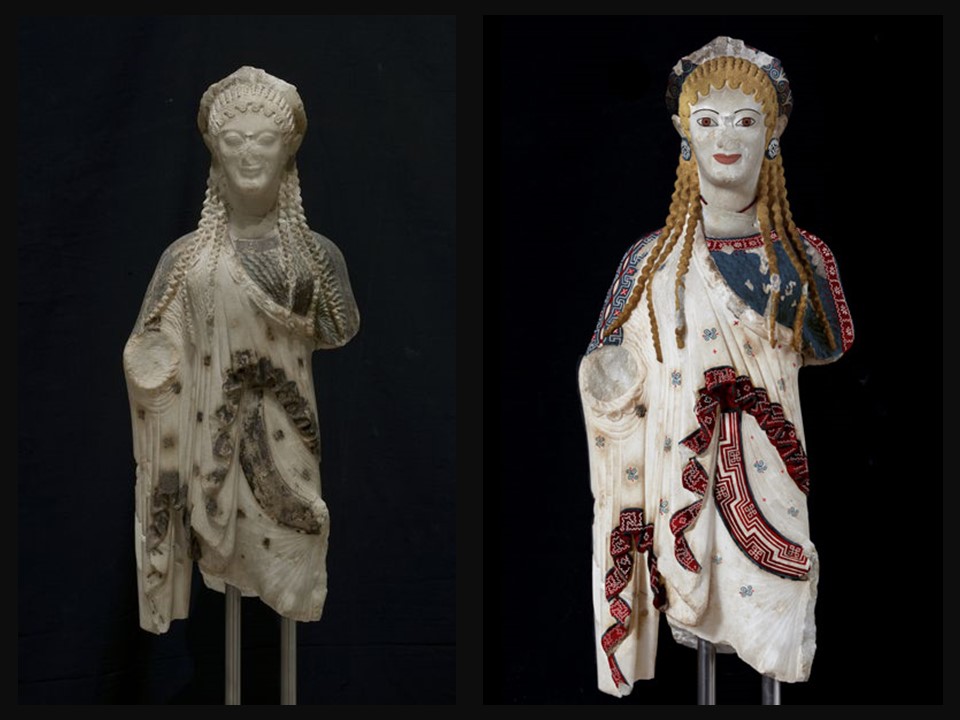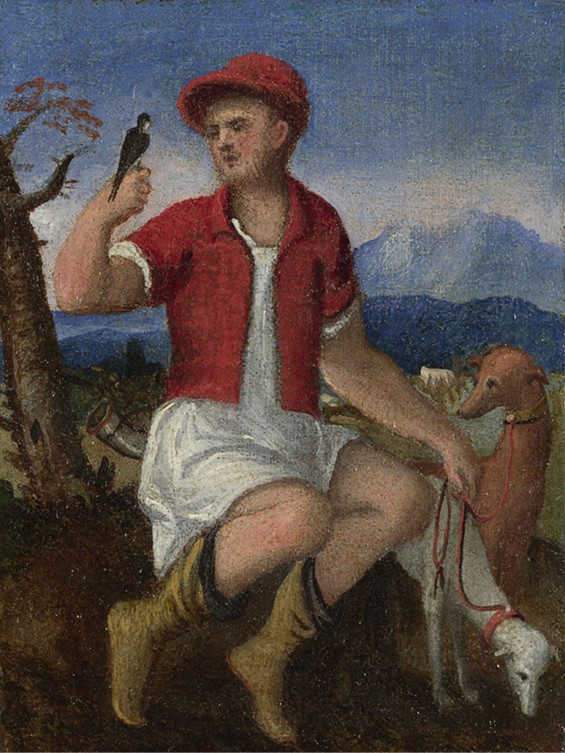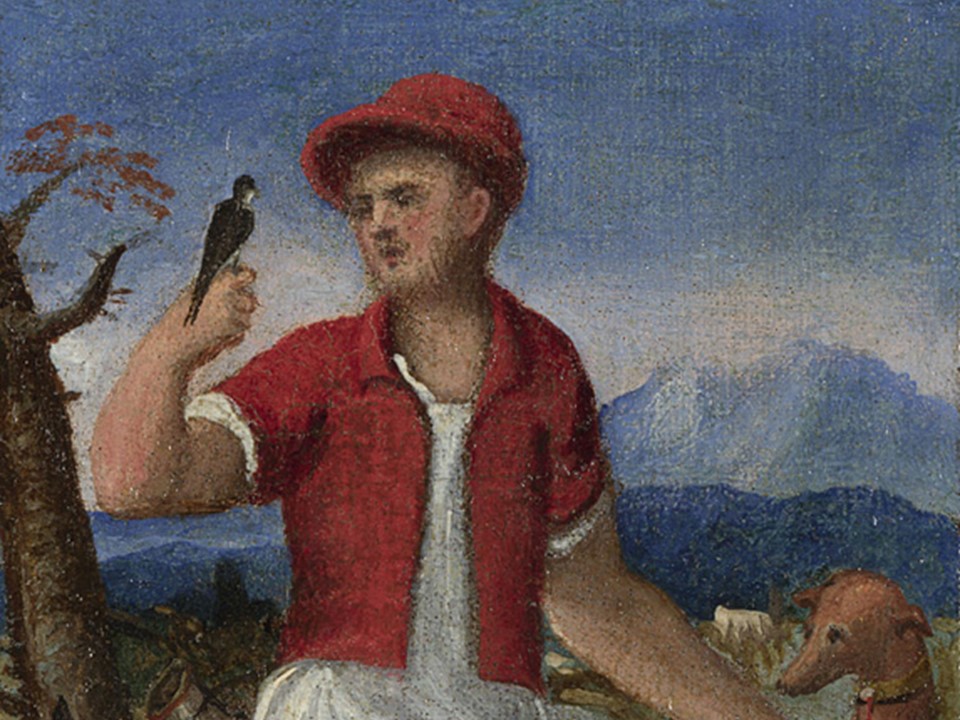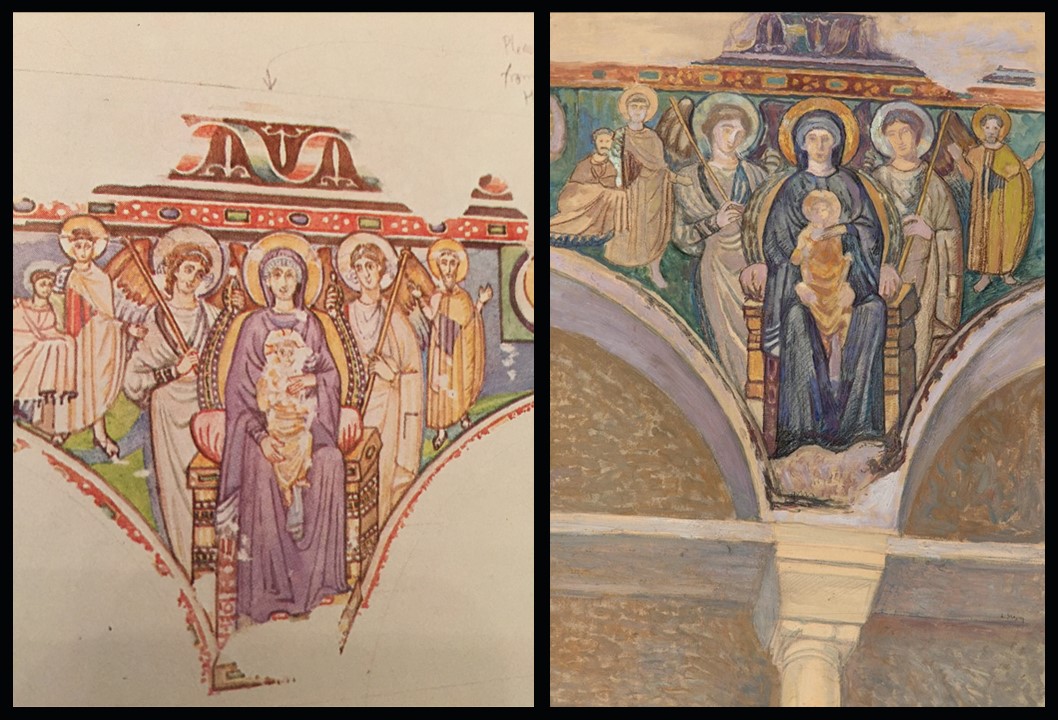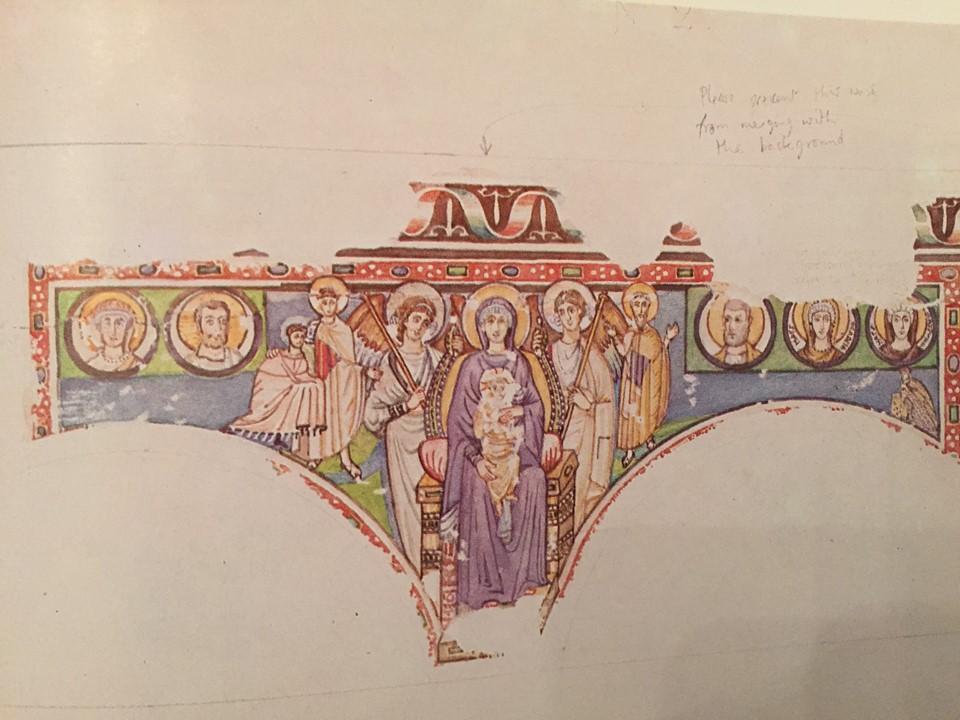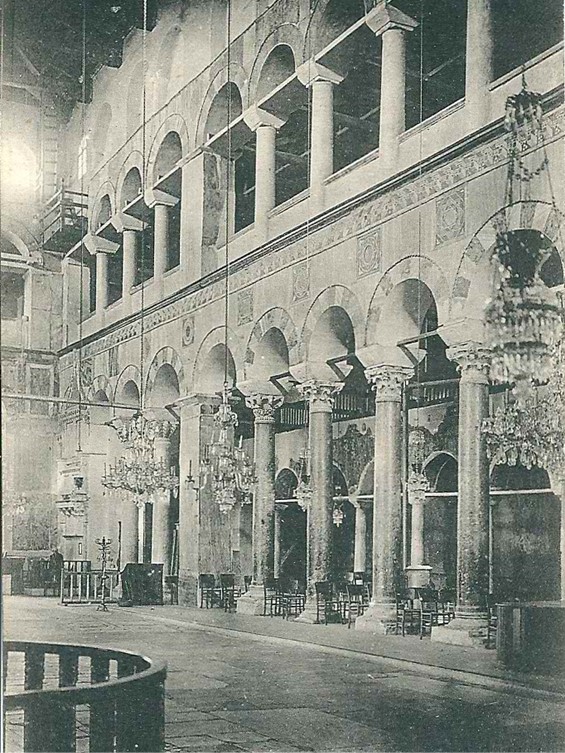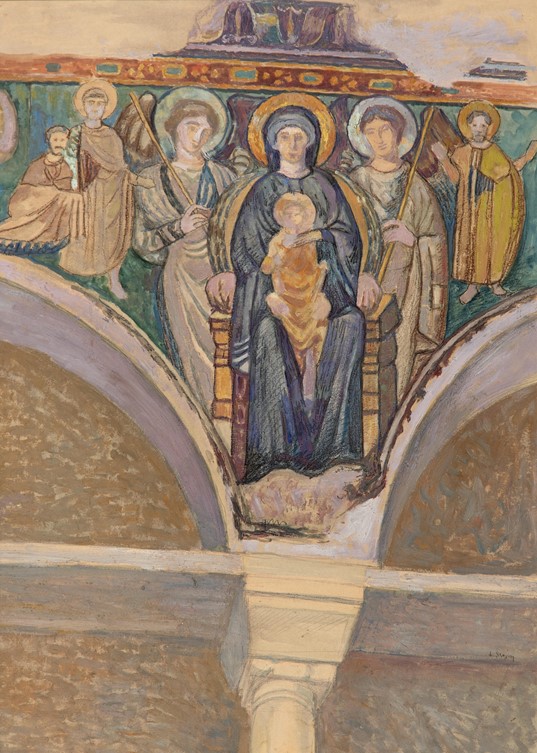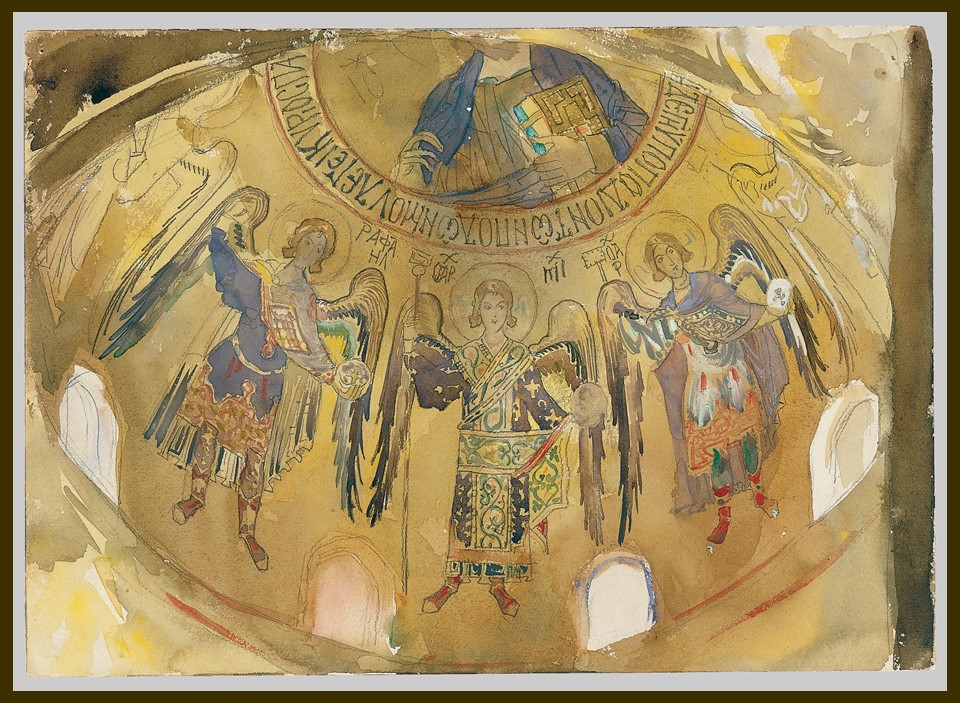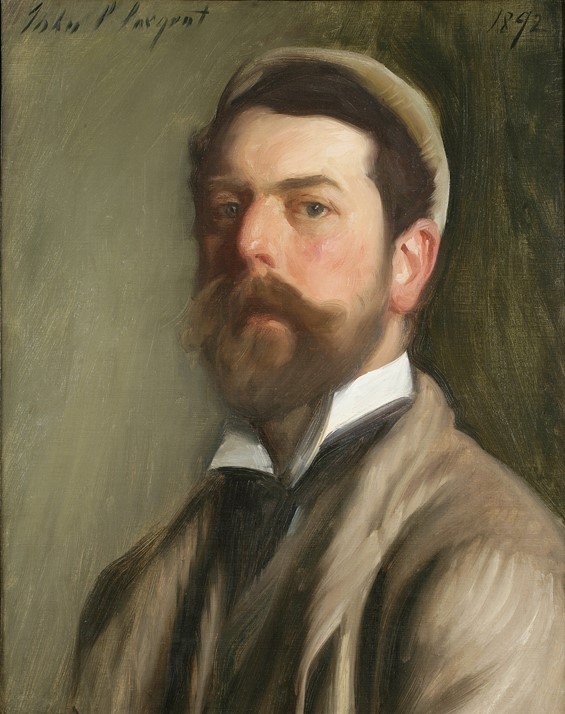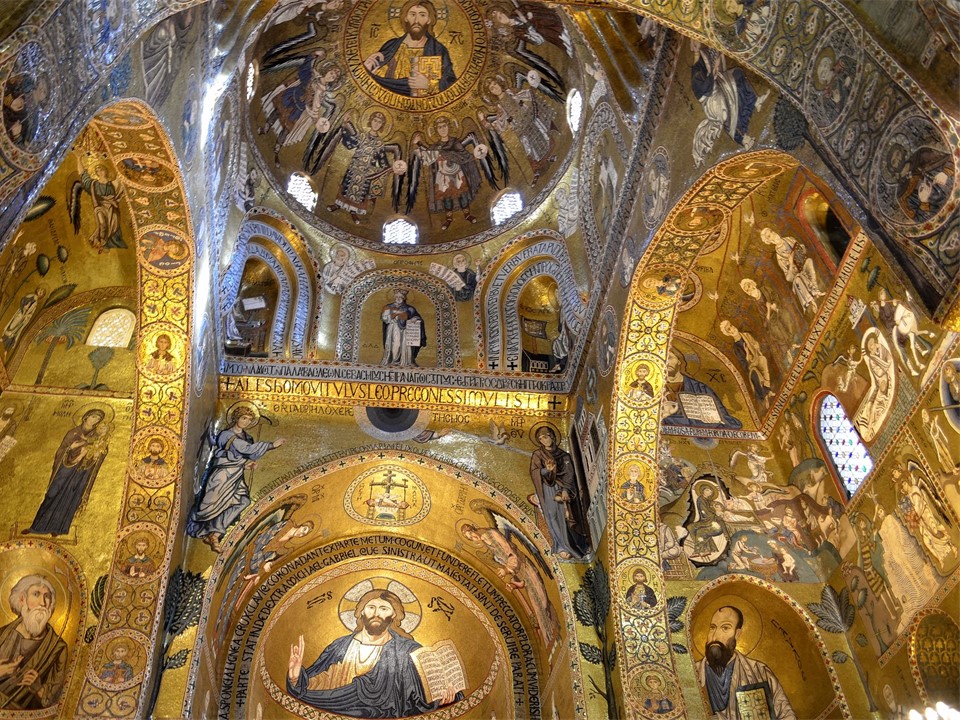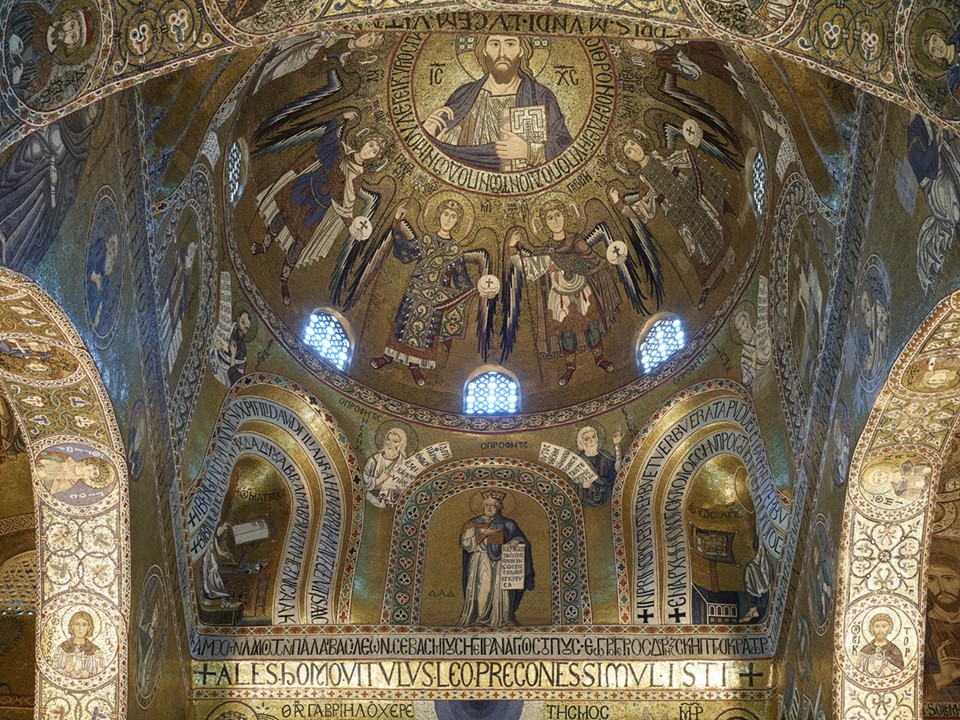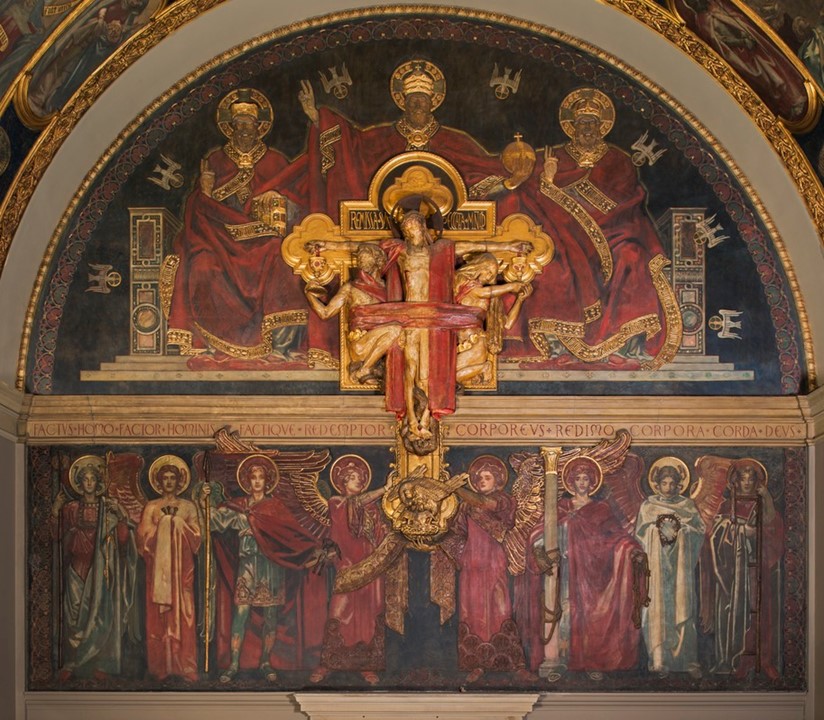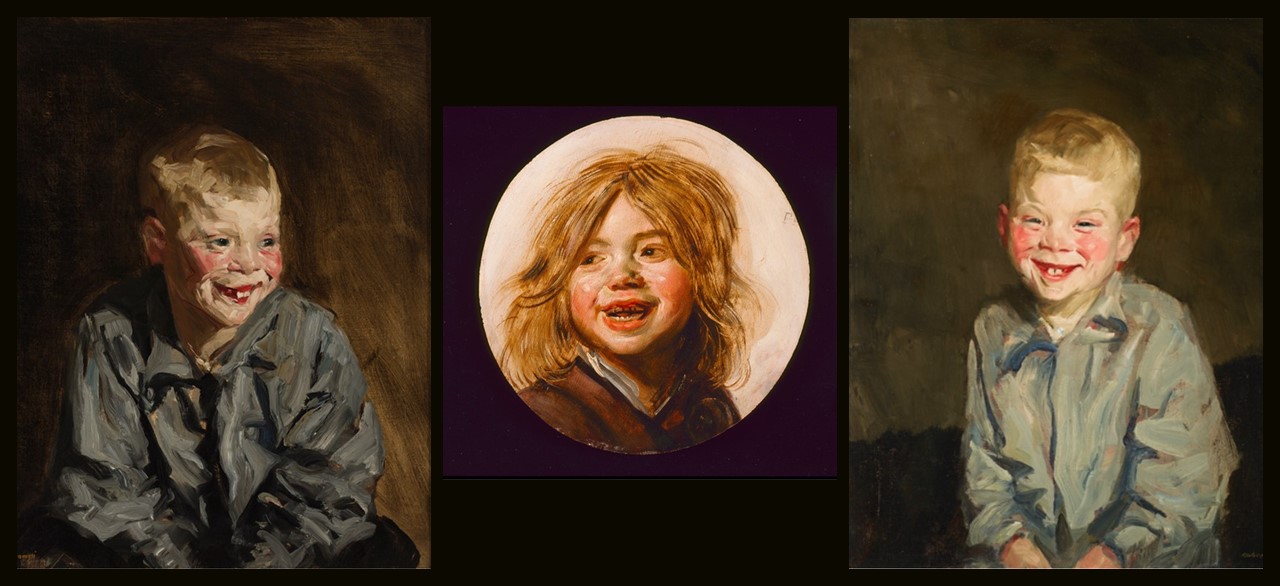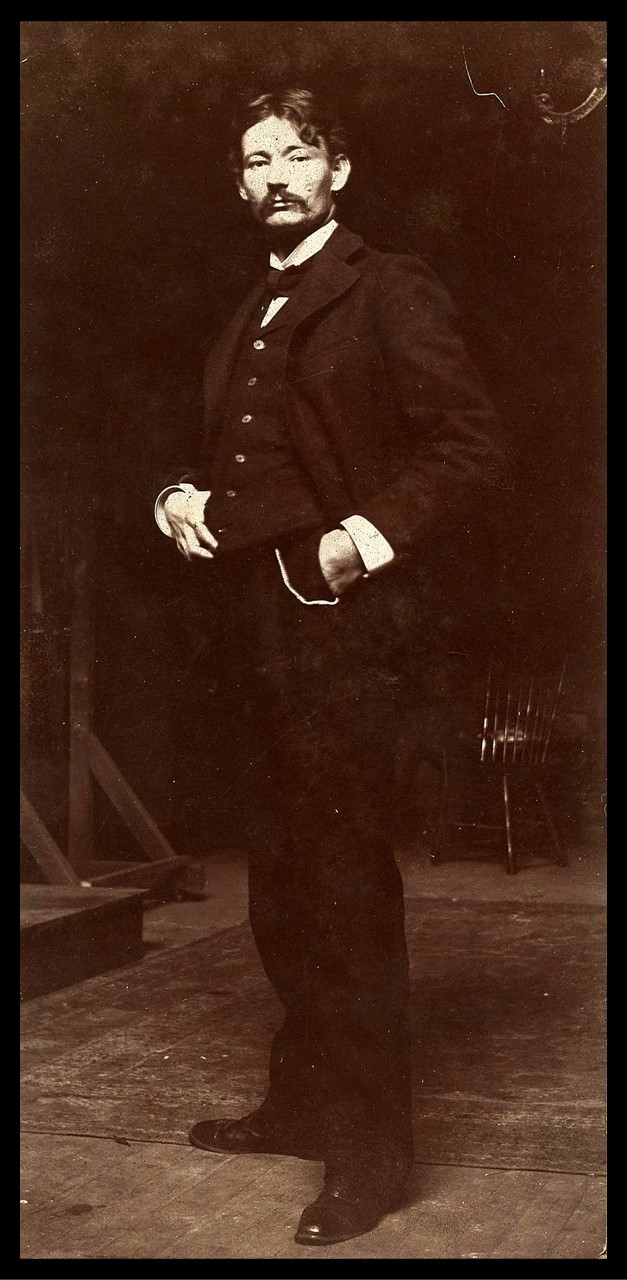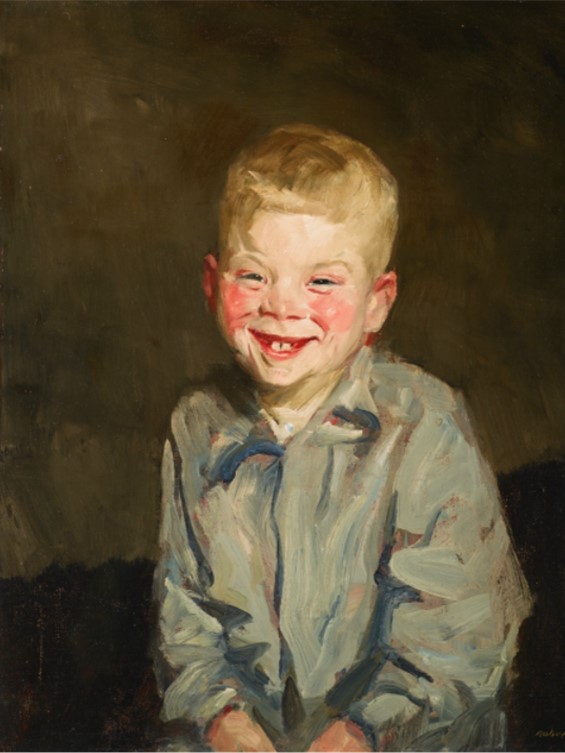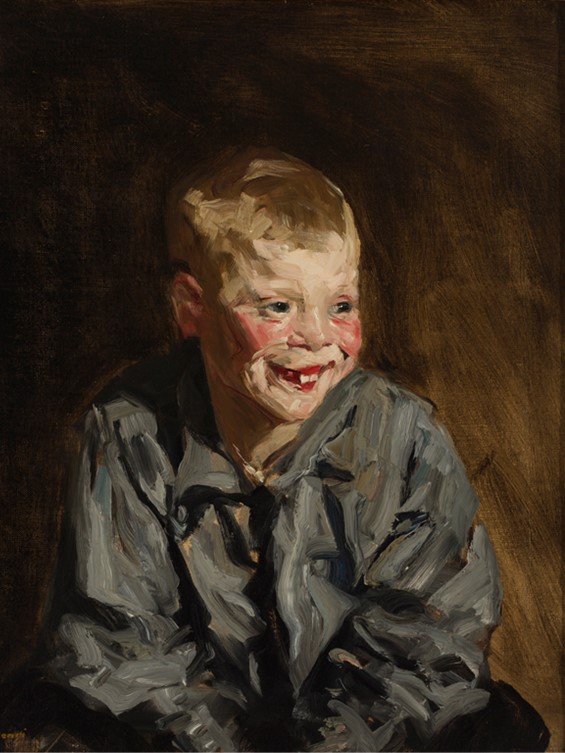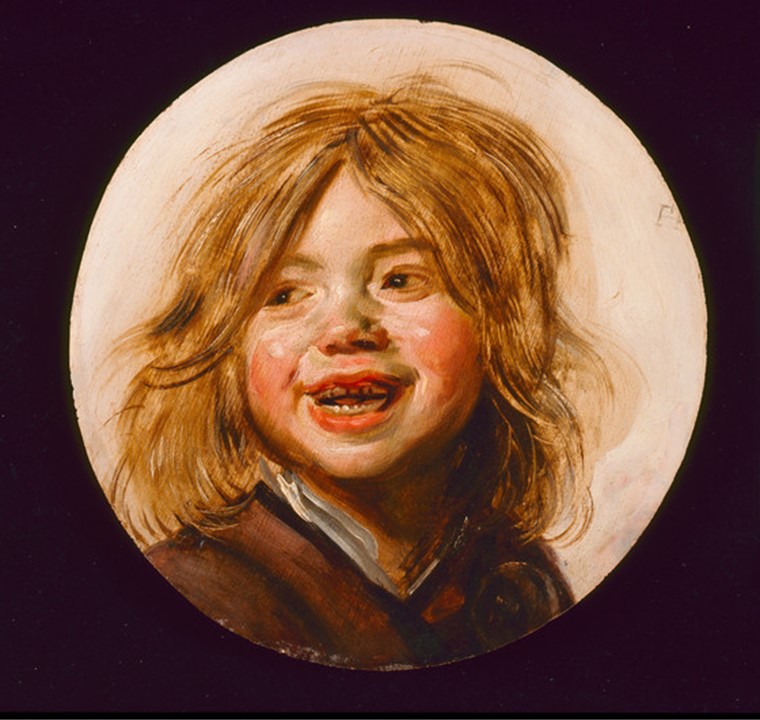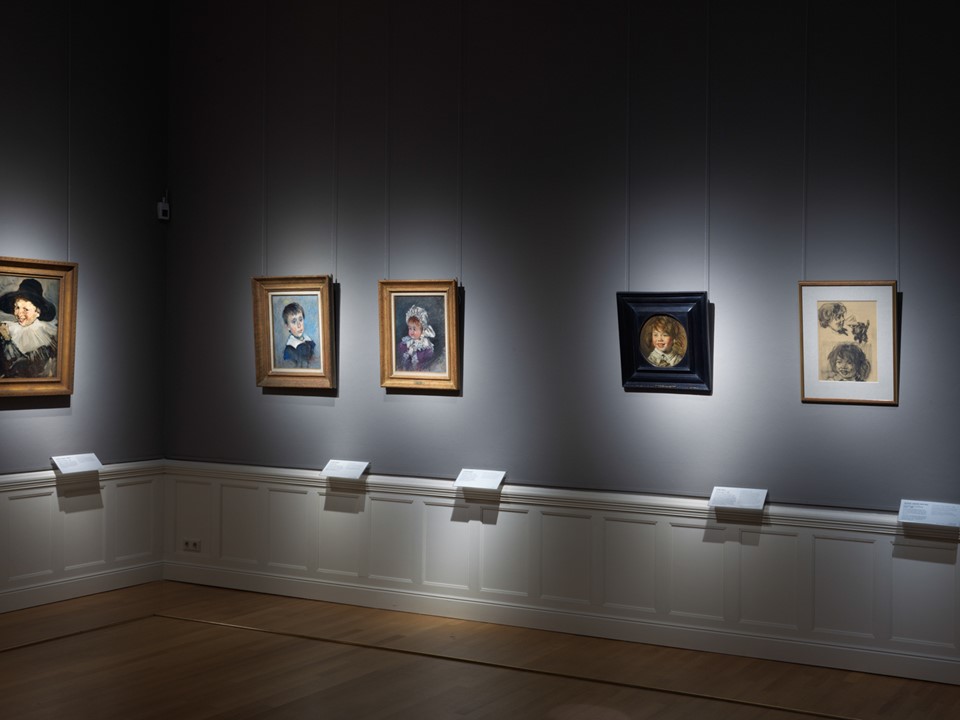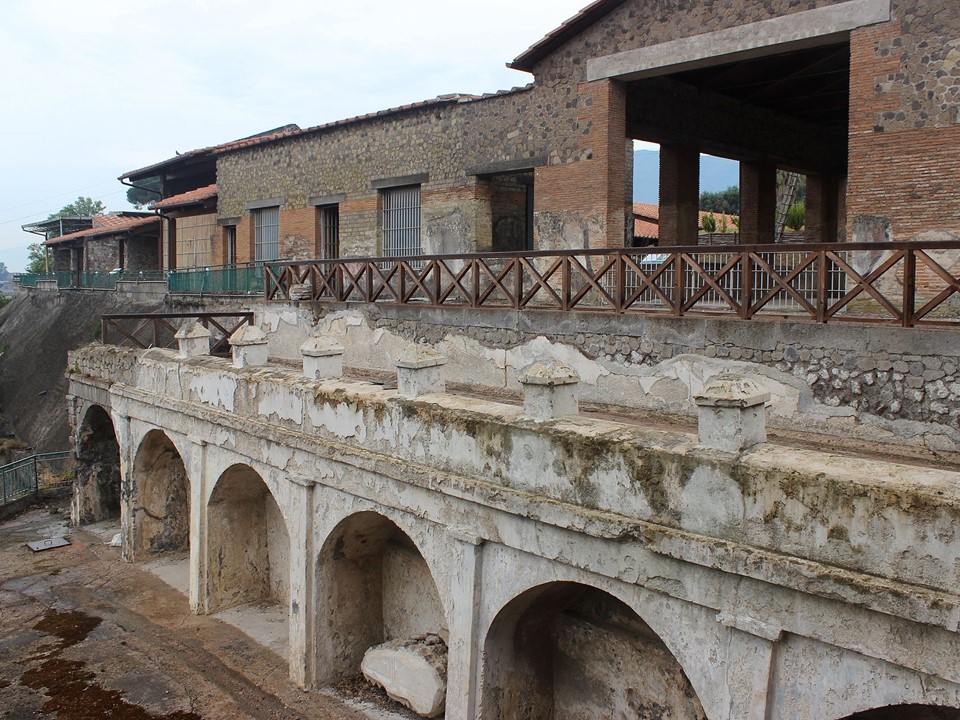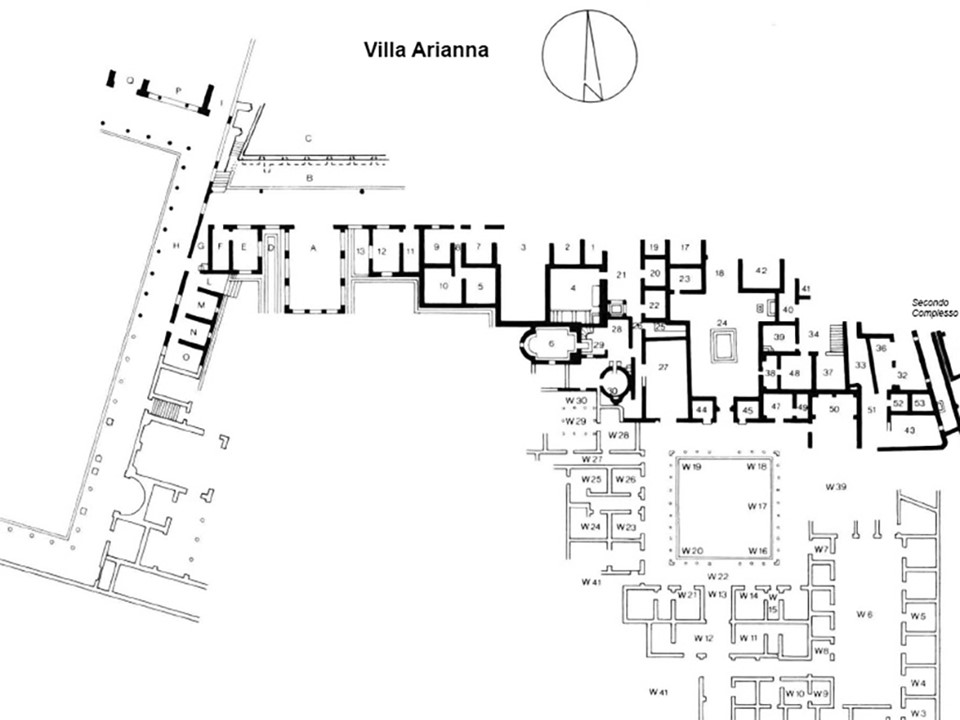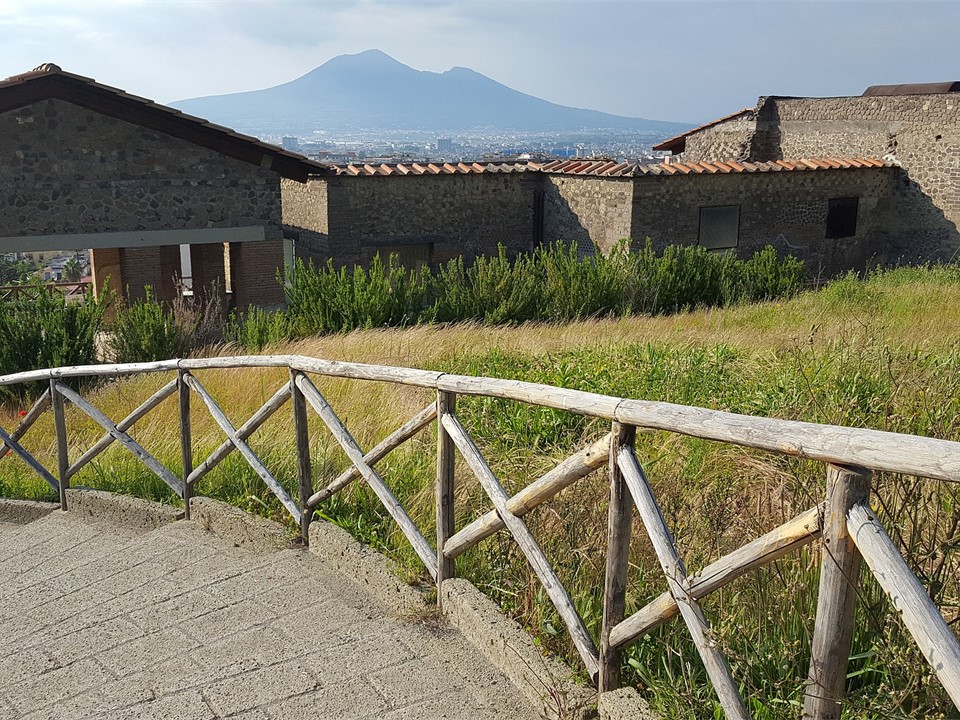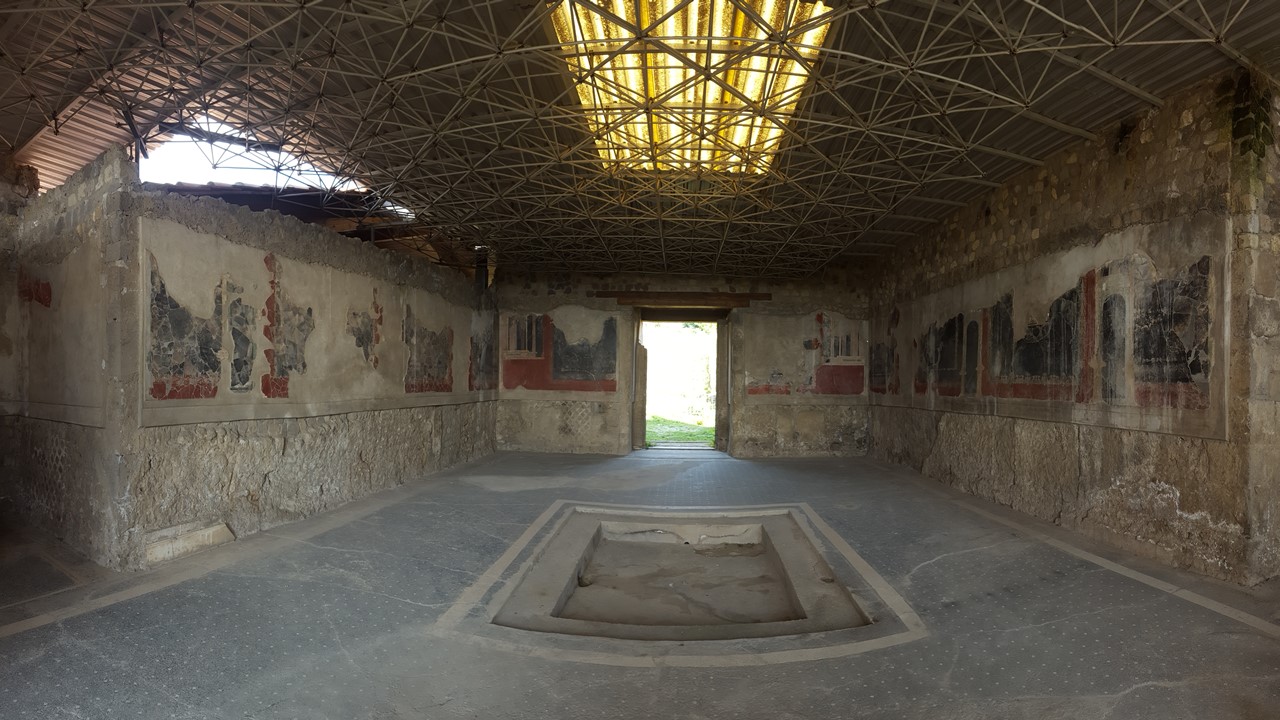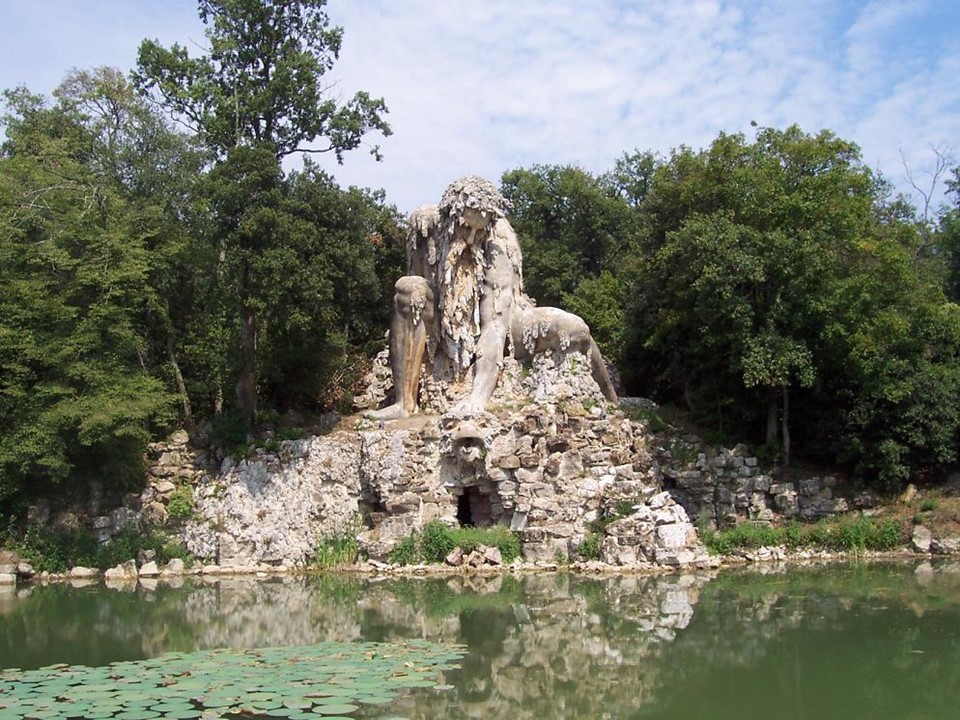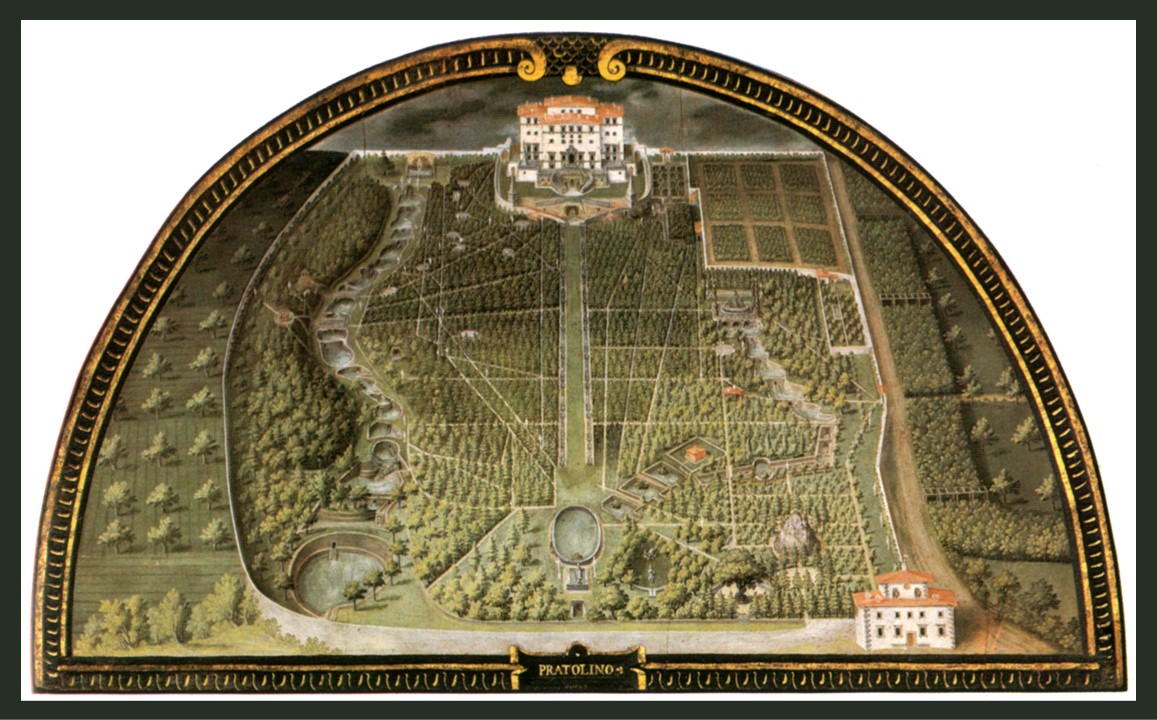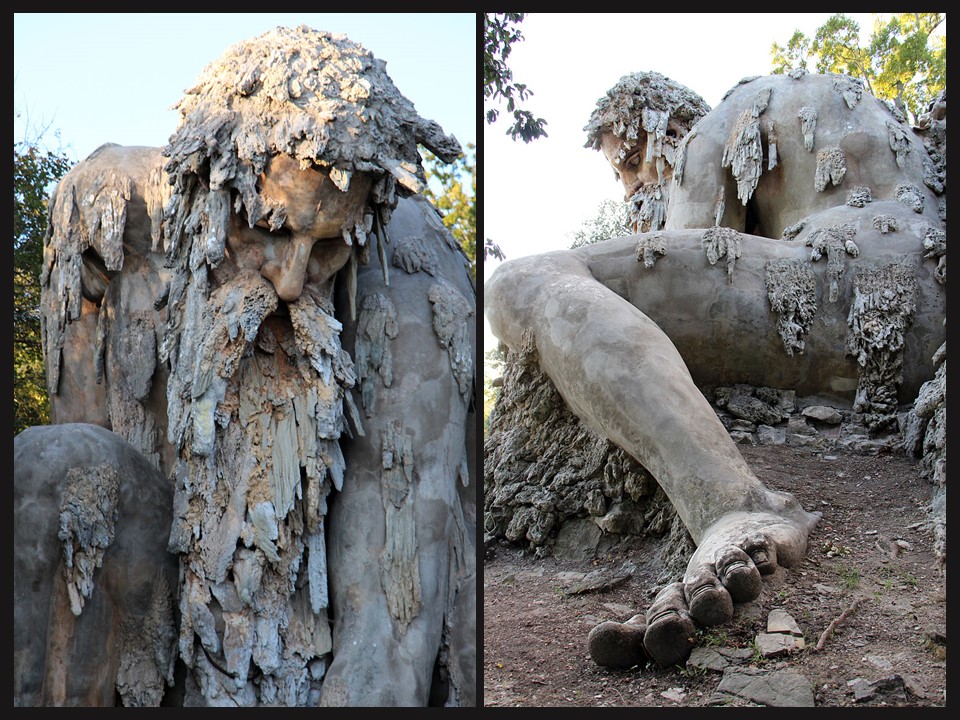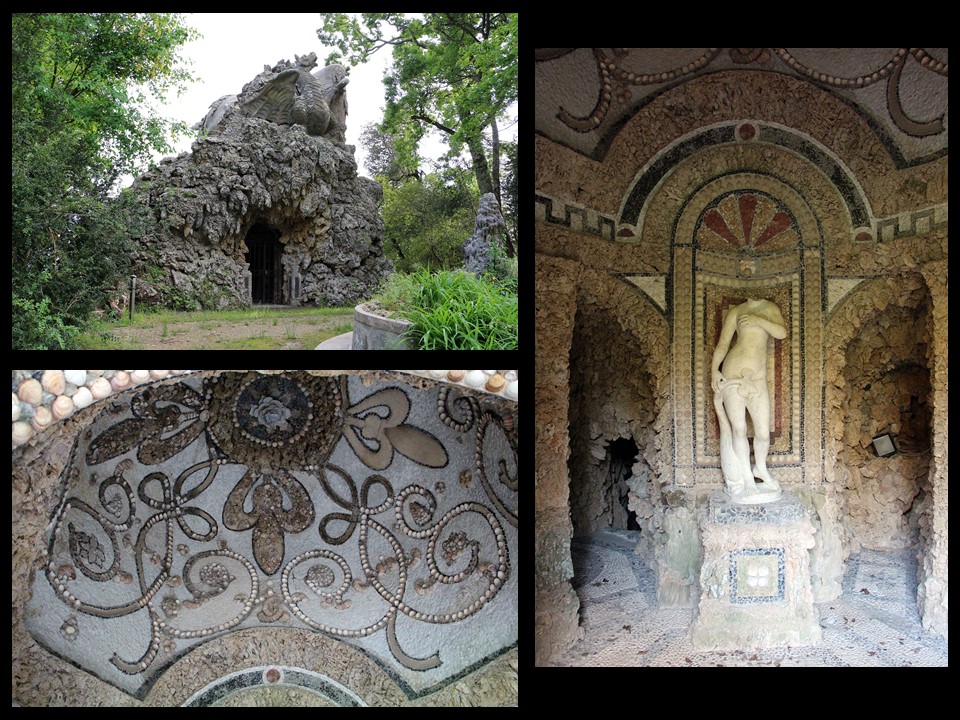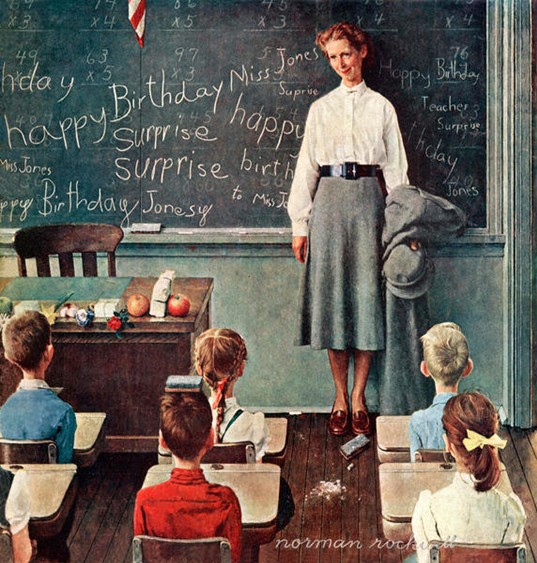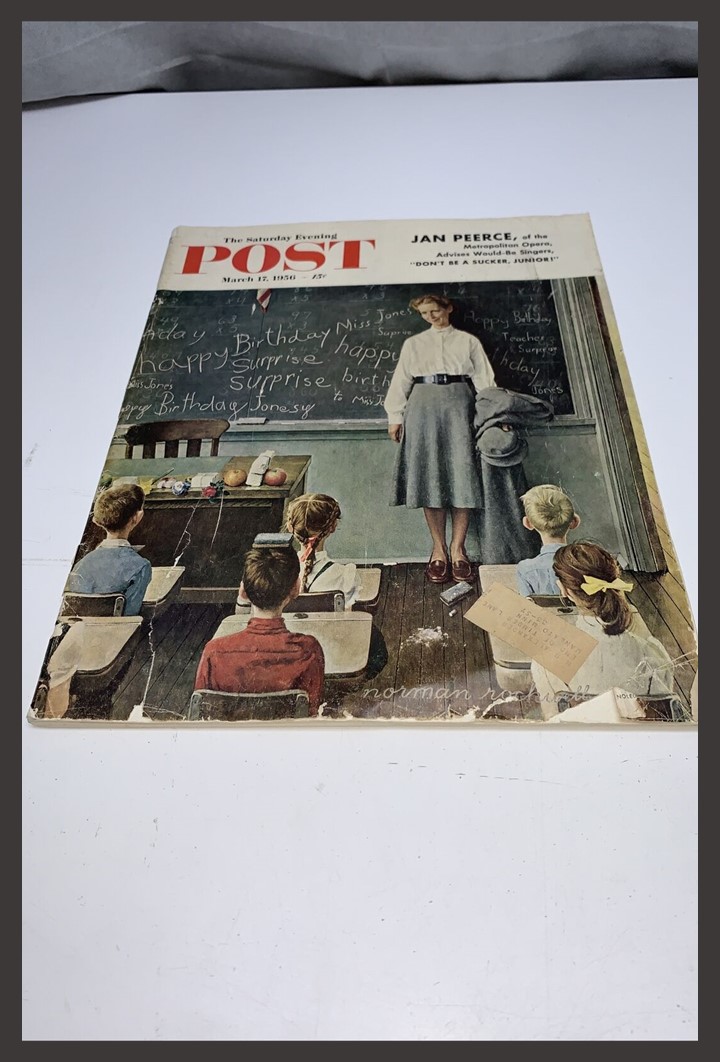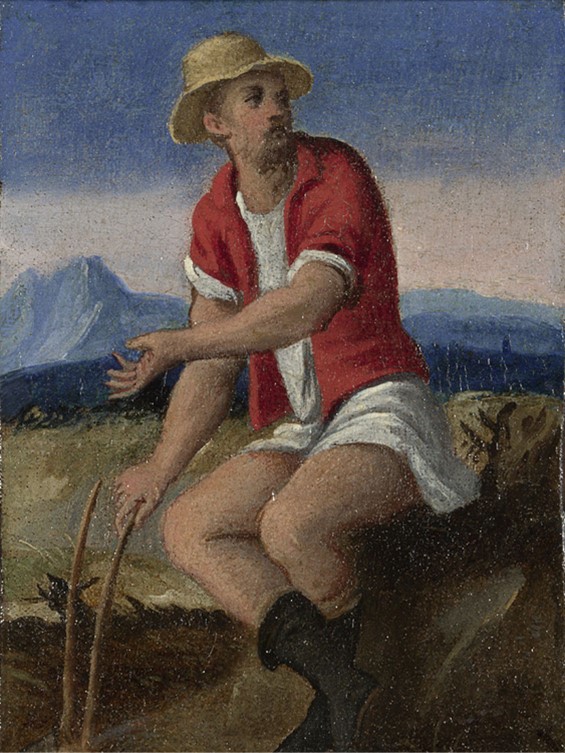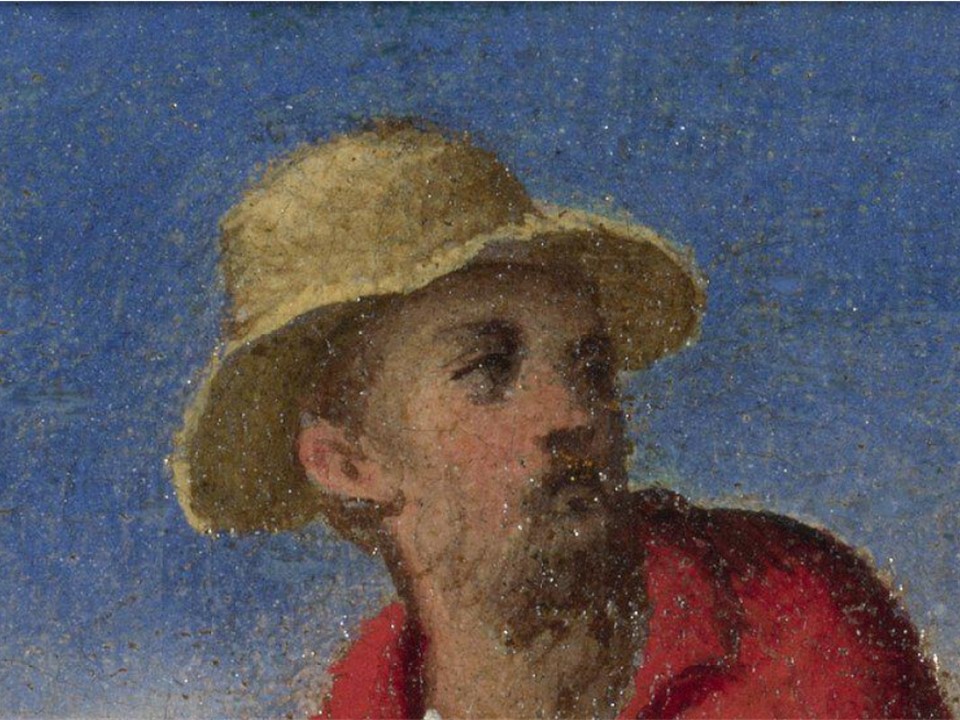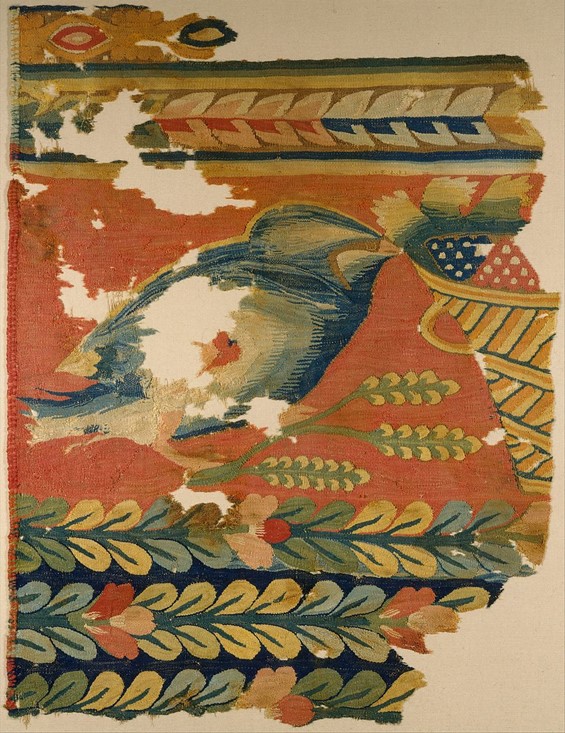
https://www.metmuseum.org/art/collection/search/443639?&pkgids=684&exhibitionId=%7bD6F10BA8-6A28-45C2-AD23-4AFE0D41B5EC%7d&oid=443639&ft=*&fe=1
Once more, inspiration comes from the Exhibition The Good Life: Collecting Late Antique Art at The Met (May 24, 20221-May 7, 2023) that showcases the Museum’s important and rare collection of third- to eighth-century art from Egypt and reevaluates it through the lens of late antique ideas about abundance, virtue, and shared classical taste. Writers and craftspeople translated these ideas into a concept celebrated as “the good life.” A Hanging Fragment with Bird and Basket helped me explore the idea of The Good Life… how it is connected to social status, wealth, and living well in Late antiquity, and how it reflects the extraordinary values and lifestyle of the upper classes in the world of the Eastern Mediterranean Sea. https://www.metmuseum.org/exhibitions/listings/2021/good-life-collecting-late-antique-art and https://www.teachercurator.com/uncategorized/portrait-medallion-of-gennadios/
Searching for information on Early Christian Textiles, I came across two short books I would like to share… and acting more like a Curator rather than a Teacher, I present you Textiles of Late Antiquity, a 1995 Metropolitan Museum of Art Publication, and Woven Interiors: Furnishing Early Medieval Egypt, an Exhibition Catalogue of 2020, organized by the George Washington University Museum, The Textile Museum, and Dumbarton Oaks Research Library and Collection. https://www.metmuseum.org/art/metpublications/Textiles_of_Late_Antiquity and https://museum.gwu.edu/woven-interiors-furnishing-early-medieval-egypt
I like how the 2020 Exhibition, Woven Interiors: Furnishing Early Medieval Egypt, introduces the role intricate textiles played… during the early medieval era, when the eastern Mediterranean’s palaces, villas, and sacred spaces were richly decorated with hangings, curtains, and other luxury fabrics. These beautiful and rare examples of artworks dating from the 4th to the 10th centuries, demonstrate for us today, how textiles defined spaces and moved ornamental motifs between cultures, over time, and across media. They show us, as well, how the large-format hangings, covers, and other, smaller in size, fabrics were often the most valuable possessions of any household at the time. They served, according to the experts, critical physical and social functions alongside more permanent architectural forms. In addition to revealing textiles’ importance and use, the Exhibition Woven Interiors also documented continuities and changes in weaving and aesthetics. In so few words, I was hooked to learn more… https://museum.gwu.edu/woven-interiors-furnishing-early-medieval-egypt
Hanging Fragment with Bird and Basket in the Metropolitan Museum Collection of Textiles is a precious piece of artistic handicraft that immediately caught my attention. The rich coulours, subtle gradients of reds for the background, blues and beiges for the bird, and warm greens for the decorative bands, create a composition, however, fragmented it is, that immediately draws the viewer’s attention to the blue bird maybe a sparrow, picking at a basket of grapes. The skillful weaver not only created a masterful colour palette but using thin parallel lines managed to enliven the small bird who seems to quiver and quake with enthusiasm in front of its basket of treats …in a style typical of the figural naturalism of the late Greco-Roman period. According to the Museum experts, the textile under focus was …originally part of a series of decorated bands composing a wall hanging or curtain, …probably used in a domestic setting. The MET textile, thought to have been woven at Herakleia in Anatolia, shows evidence of the importation of exceptional fabrics into Egypt.
For a Student Activity inspired by the Hanging Fragment with Bird and Basket in the MET, please… Click HERE!
